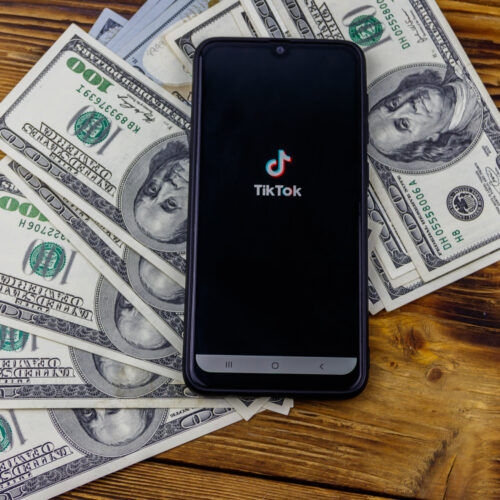Welcome back, savvy savers!
It’s Emma, again (who’s still trying this whole saving thing)! Today we’re navigating a topic many of us will face at some point in our careers: when switching jobs, what do I do about my 401(k)? It’s an exciting (but definitely nerve-wracking) phase. Between the inevitable LinkedIn update and making the oh-so important decision that is your first-day outfit, it’s nice to know at least one major decision is in good hands. Saveday helped guide me through my options, so I’m here to pay it forward!
A Glimpse at Your 401(k) Choices
1. Let It Be:
What it entails: Letting your cash stay put in your prior employer’s 401(k) setup. It’s the path of least resistance for many.
Upsides: The comfort of known investment avenues.
Downsides: Risk of a fragmented retirement plan over time, the potential lure of better options elsewhere, and the need to juggle plan particulars. The provider may have time limits on holding accounts for inactive employees, meaning the money could be returned to you in the form of a check if you don’t take action on it before the deadline. Then you’ll need to move the money into a new retirement account or face the possibility of penalty taxes.
2. Roll It Over:
What it entails: Funneling your former 401(k) assets into your new employer’s plan.
Upsides: Streamlined retirement funds, possibly superior investments or fewer fees.
Downsides: Potential rollover restrictions or hoops and the hustle of paperwork.
3. Cash Out:
What it entails: Withdrawing your 401(k) dollars, right here, right now.
Upsides: Immediate funds for emergencies or pivotal expenditures.
Downsides: Penalties for those below 59 ½, taxable withdrawals, and truncating your retirement growth.
4. Shift to an IRA:
What it entails: Redirecting your old 401(k) into an Individual Retirement Account.
Upsides: Augmented investment horizons, coalesced accounts, and tax-free direct rollovers.
Downsides: Greater autonomy may need more of your time, and watch out for provider fees.
Your Savvy Saver Checklist
Fees: Every 401(k) comes with a price tag. Always evaluate your option’s economic viability. Here’s where saveday’s candidness on pricing stands out.
Investment avenues: Ensure your pick resonates with your investment philosophy and risk appetite. Dive into saveday’s swift quiz to decode yours.
Taxes: Everyone’s (least) favorite subject! The timing of your 401(k) moves can influence your tax savings. Saveday has great guides for optimizing this.
In essence, those are your moves. Remember, every twist and turn on the savings route is a learning curve. With the right insights and tools, you’re not just saving; you’re building the future you deserve.
The Saveday Edge
Job transitions are a whirlwind, even without the added 401(k) puzzle. That’s where saveday came in handy for me. Their user-centric dashboard coupled with a goldmine of informative assets demystifies the decision labyrinth. Rolling over? Consolidating? Or keen to up your knowledge quotient? Saveday’s got your six. Check out their blog to learn more.
Best of luck,
-Emma






